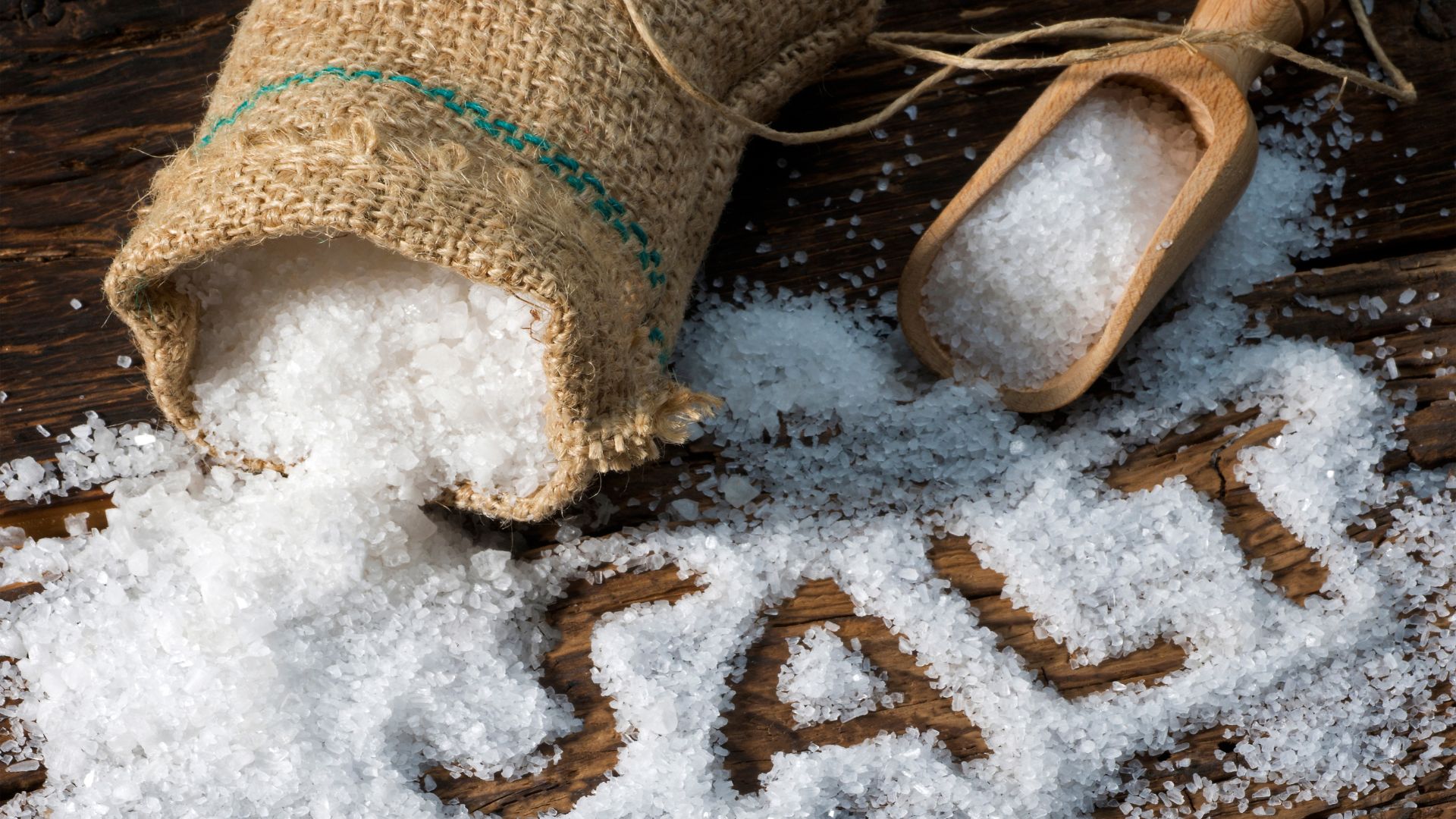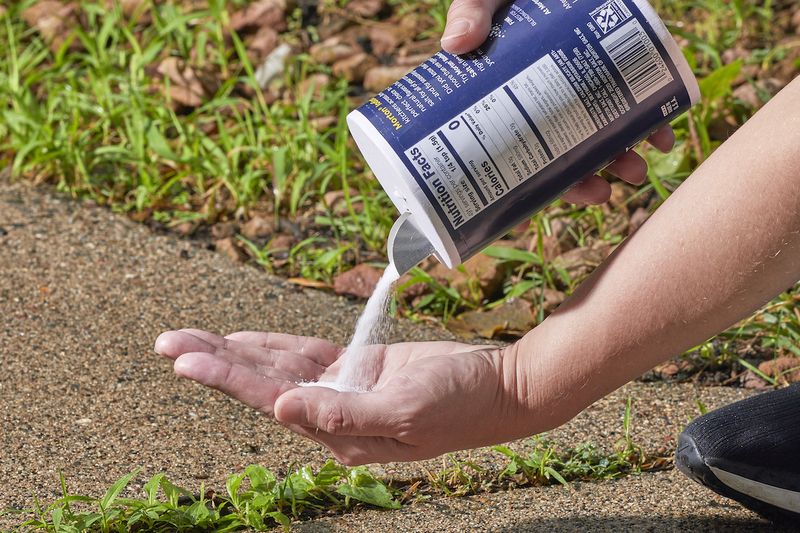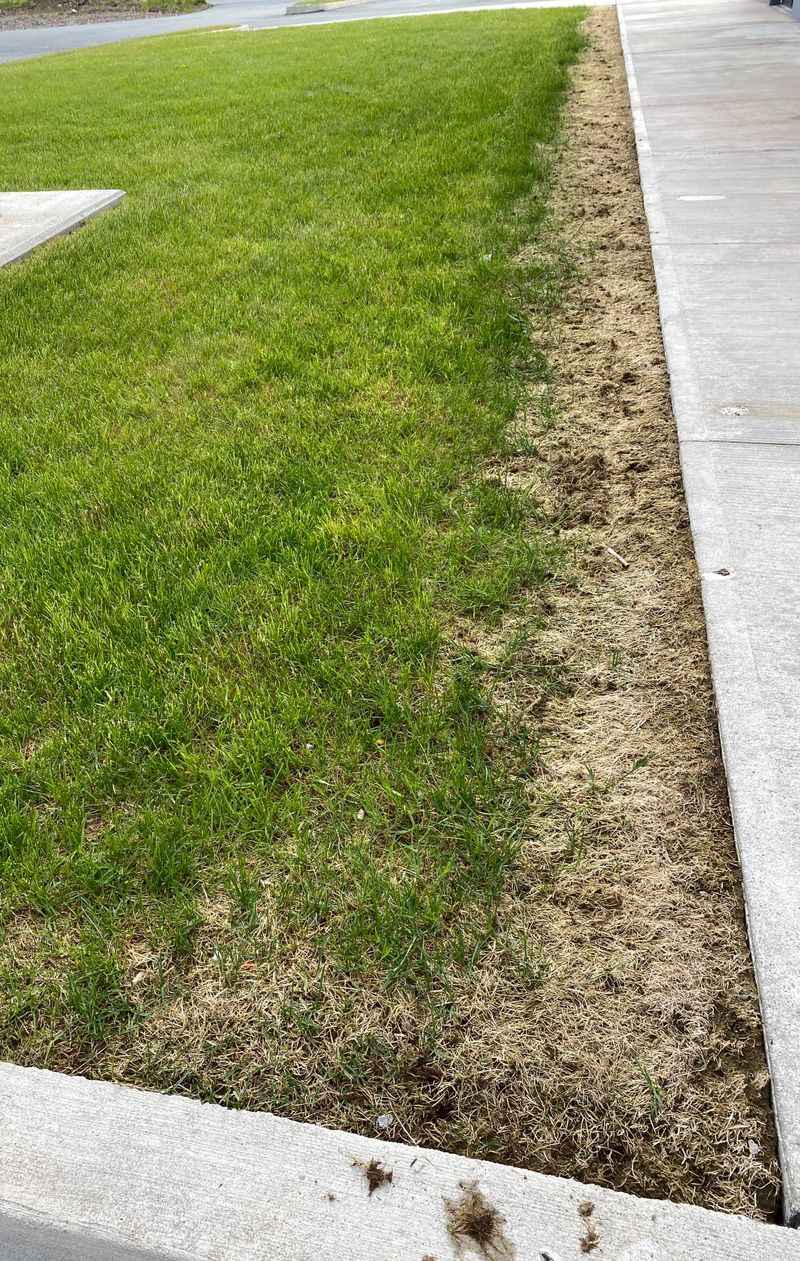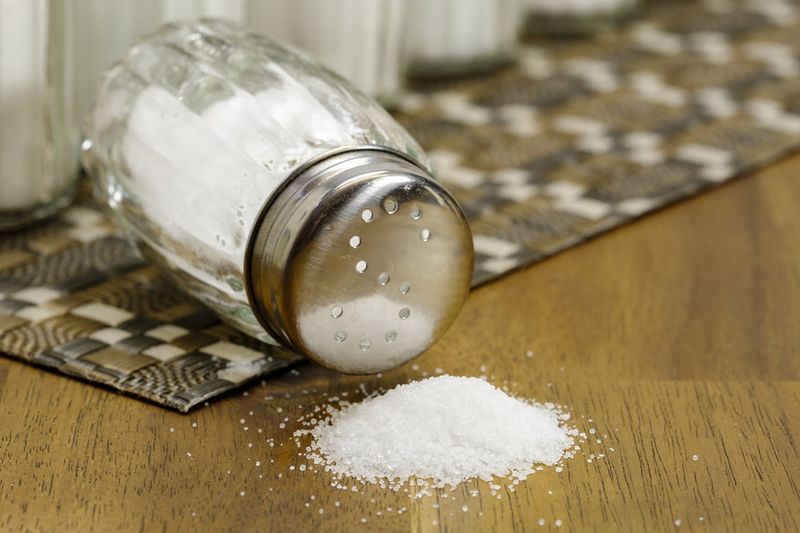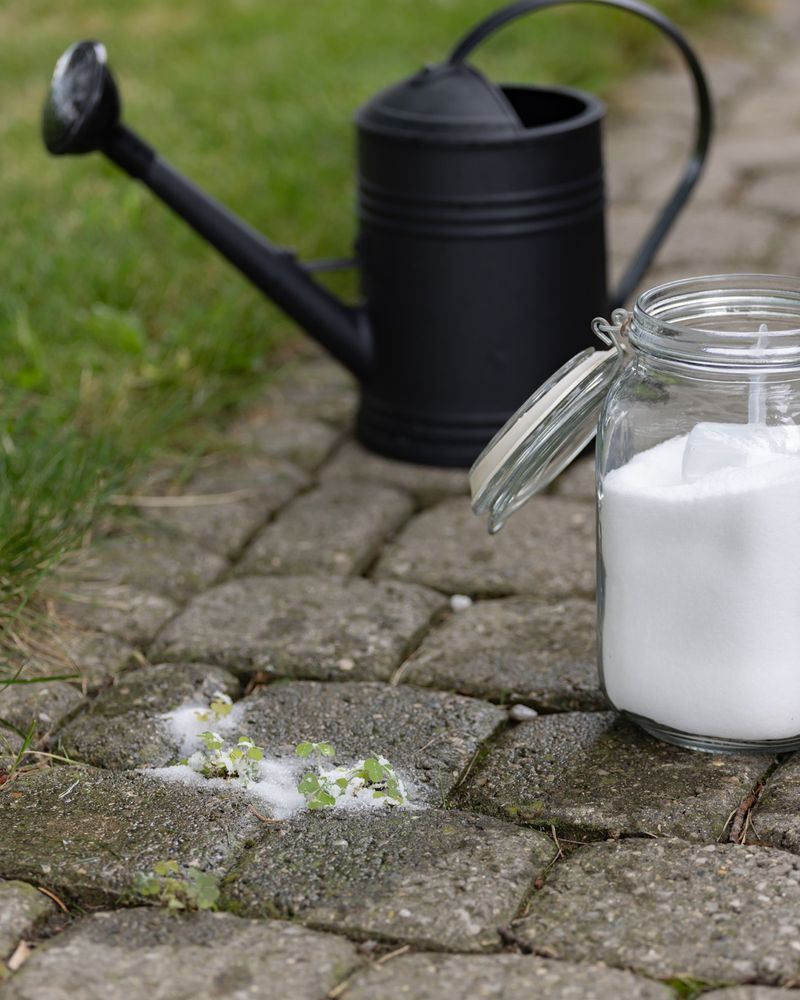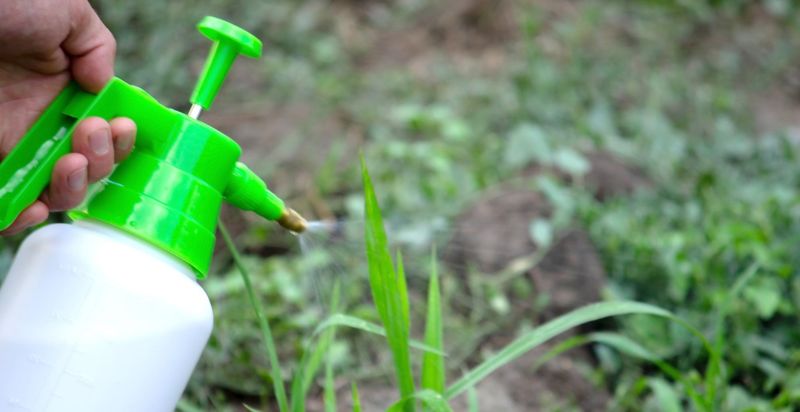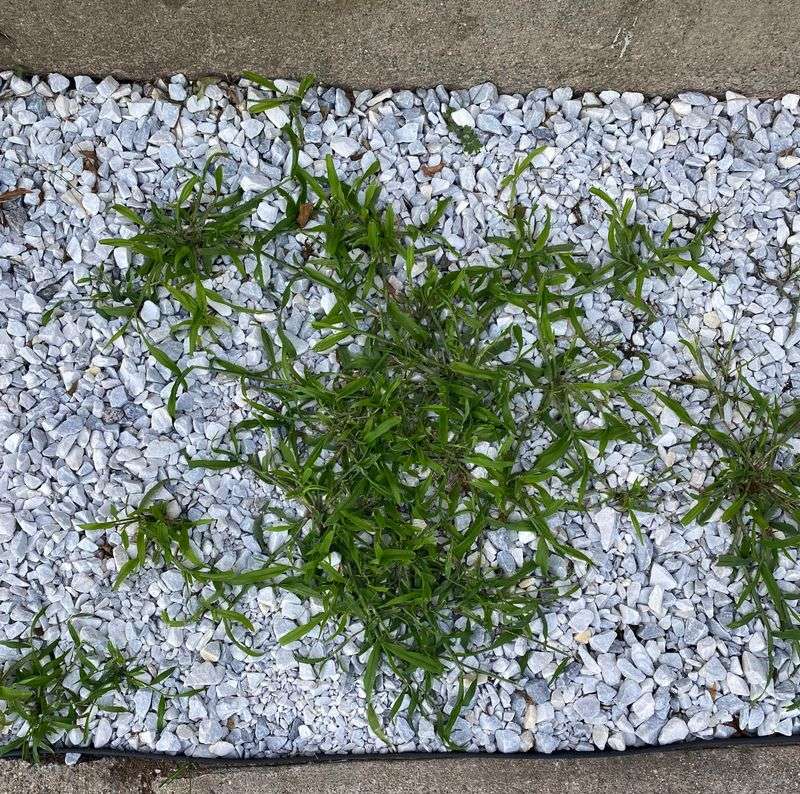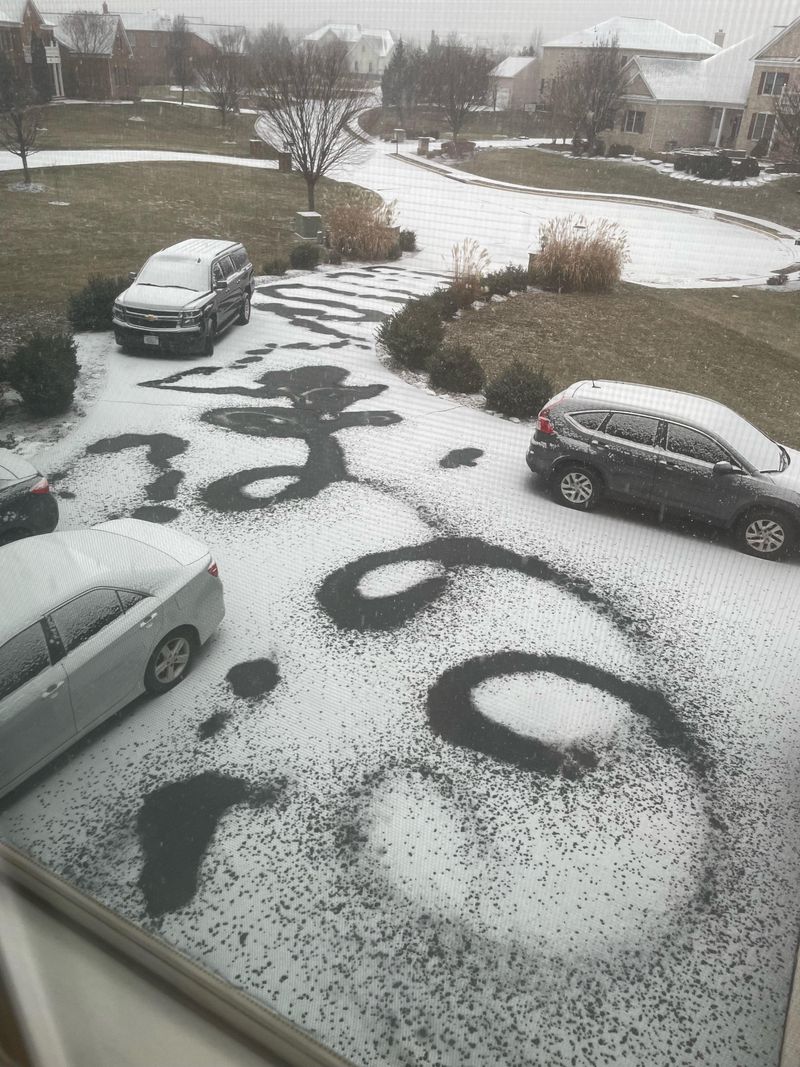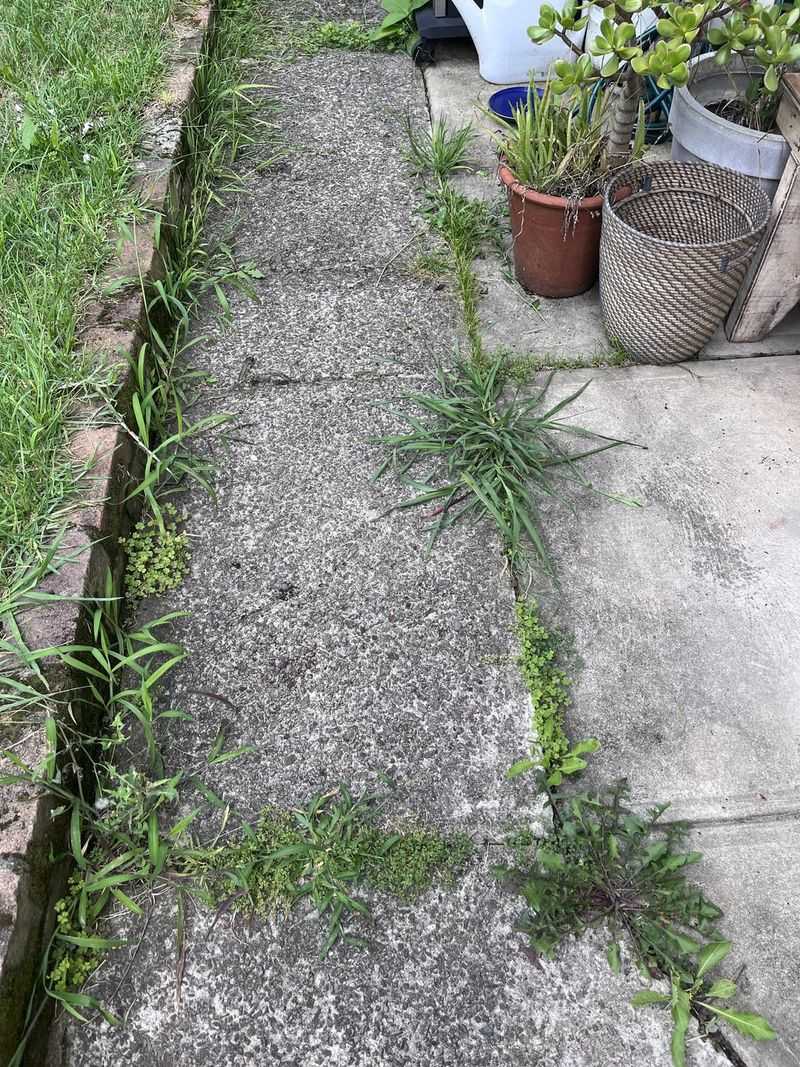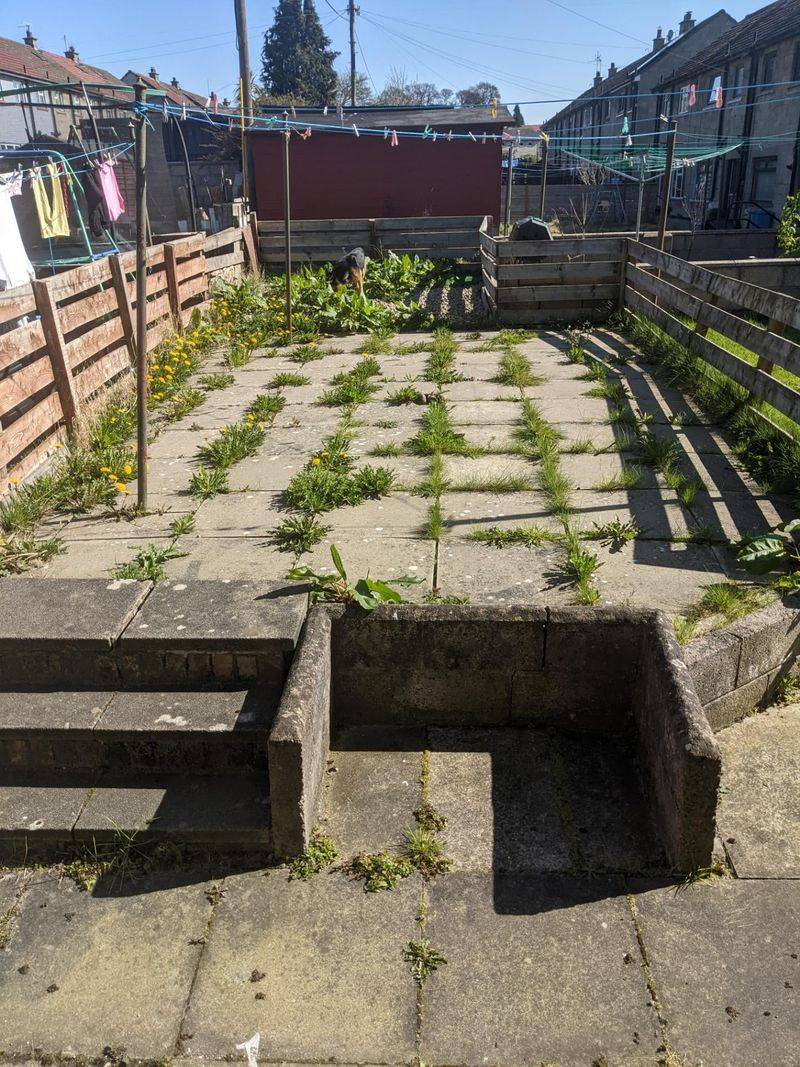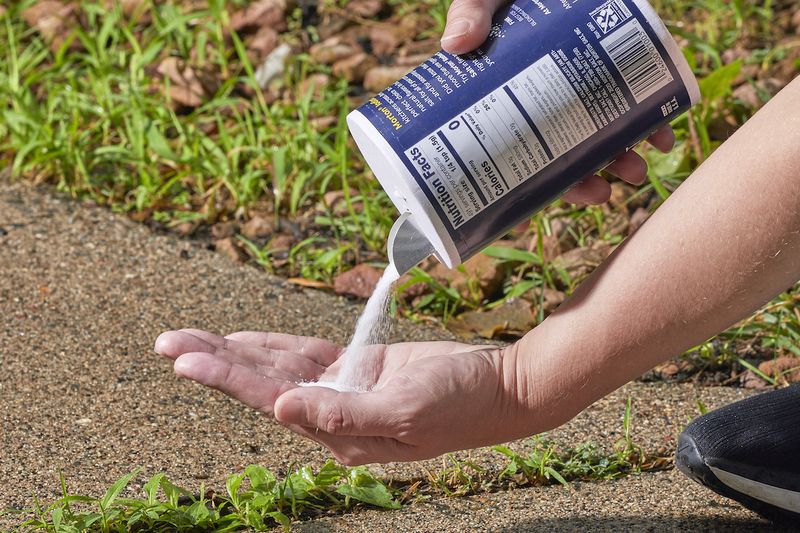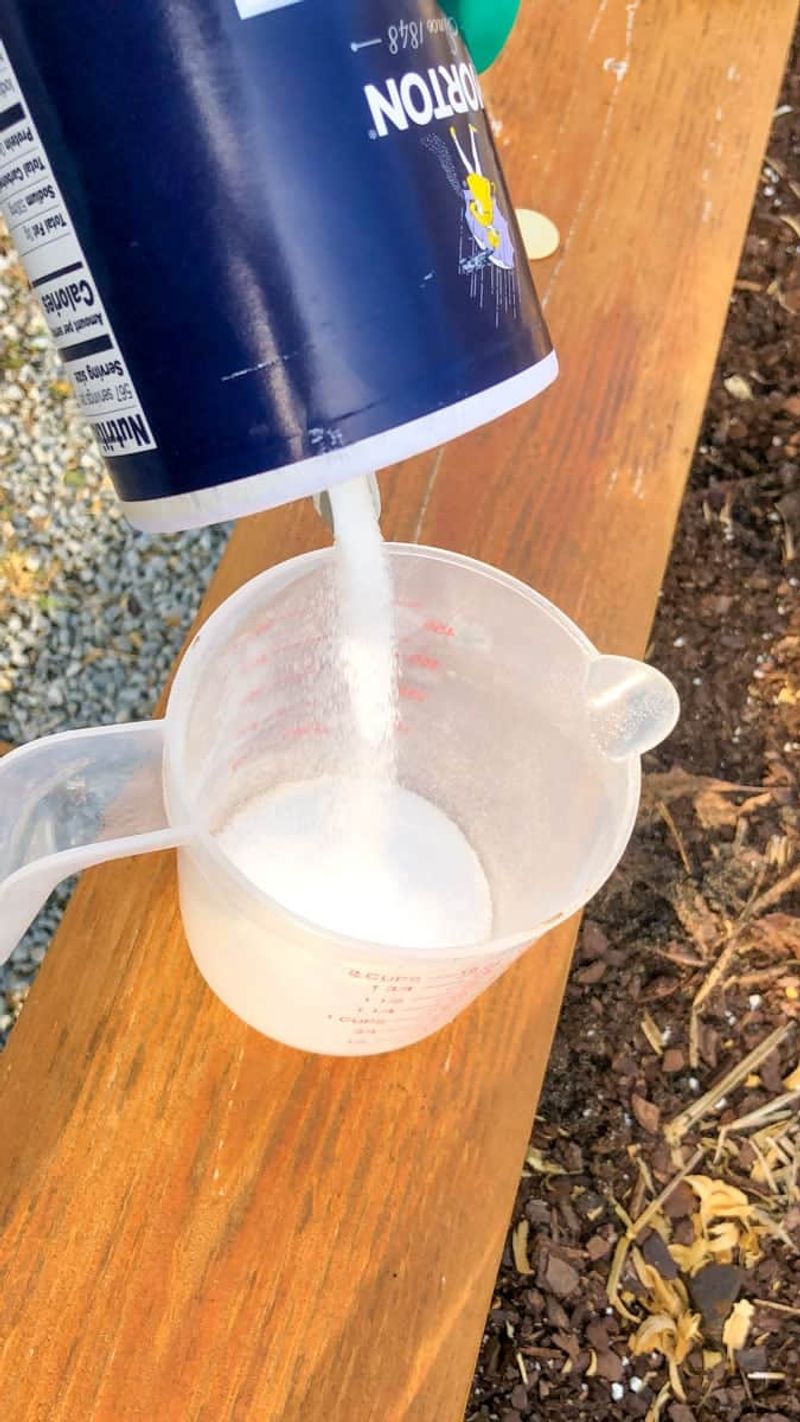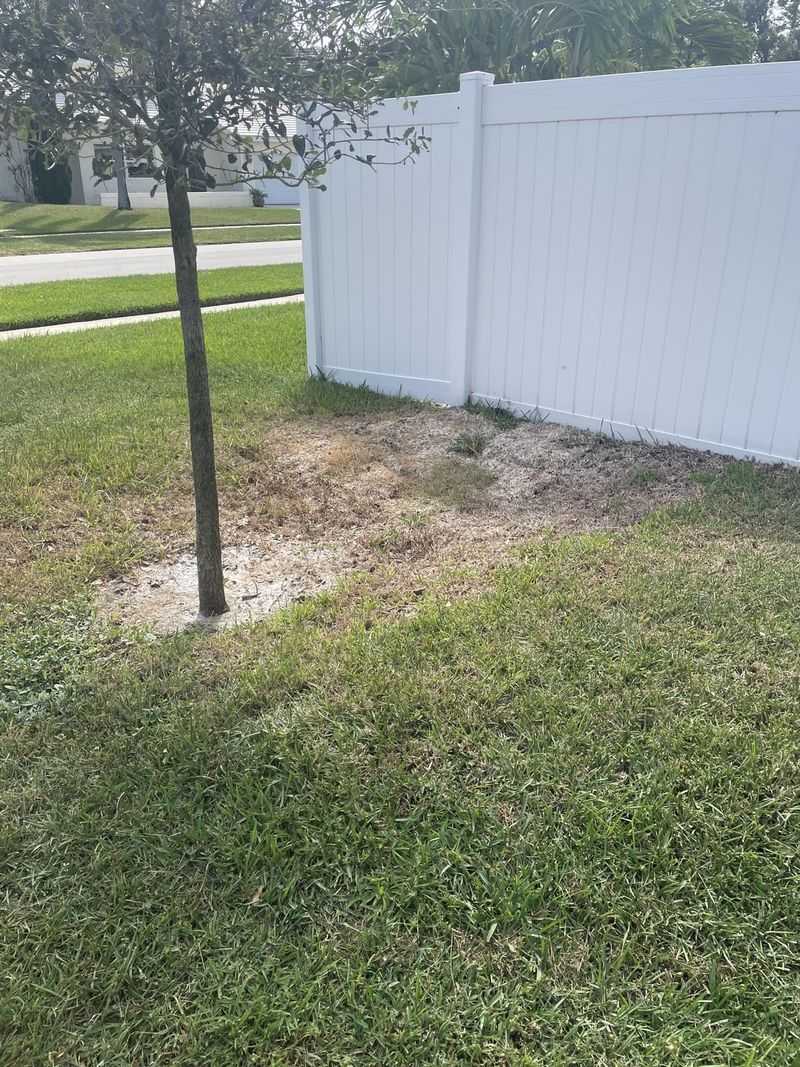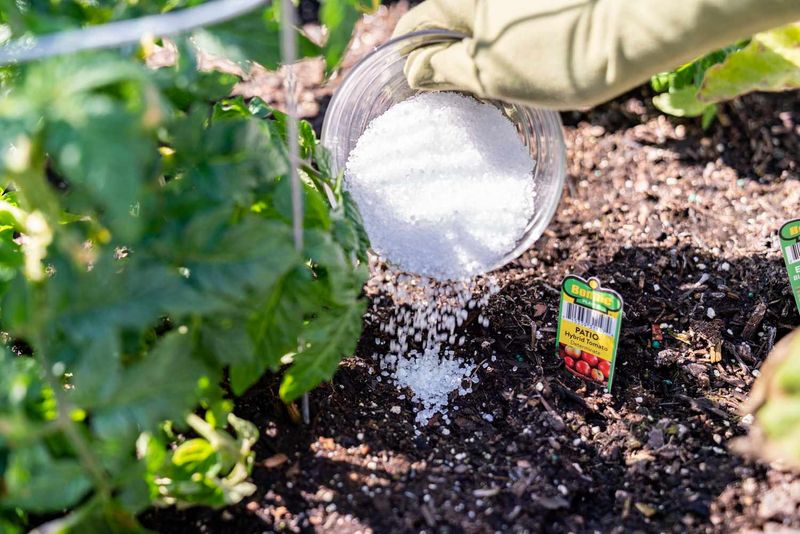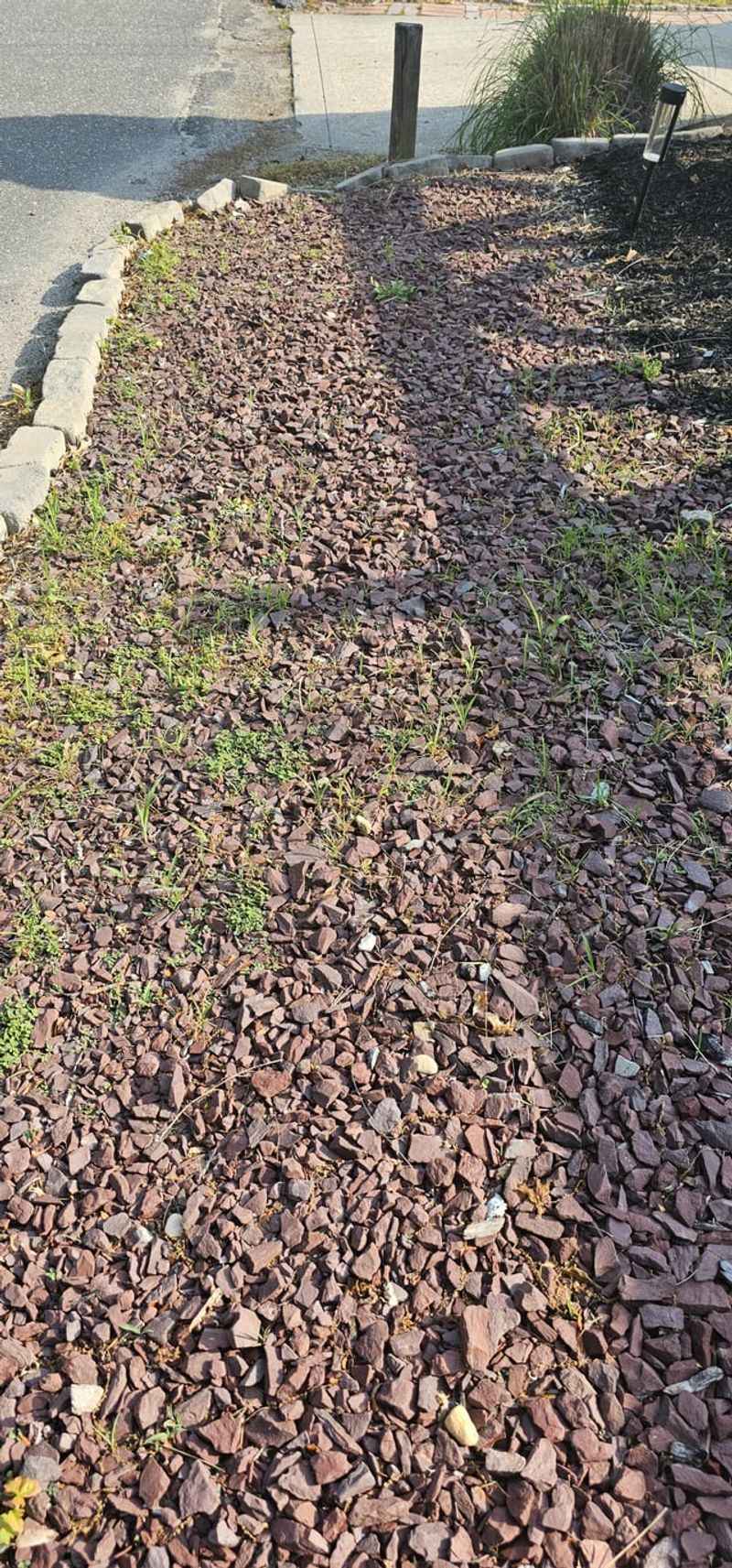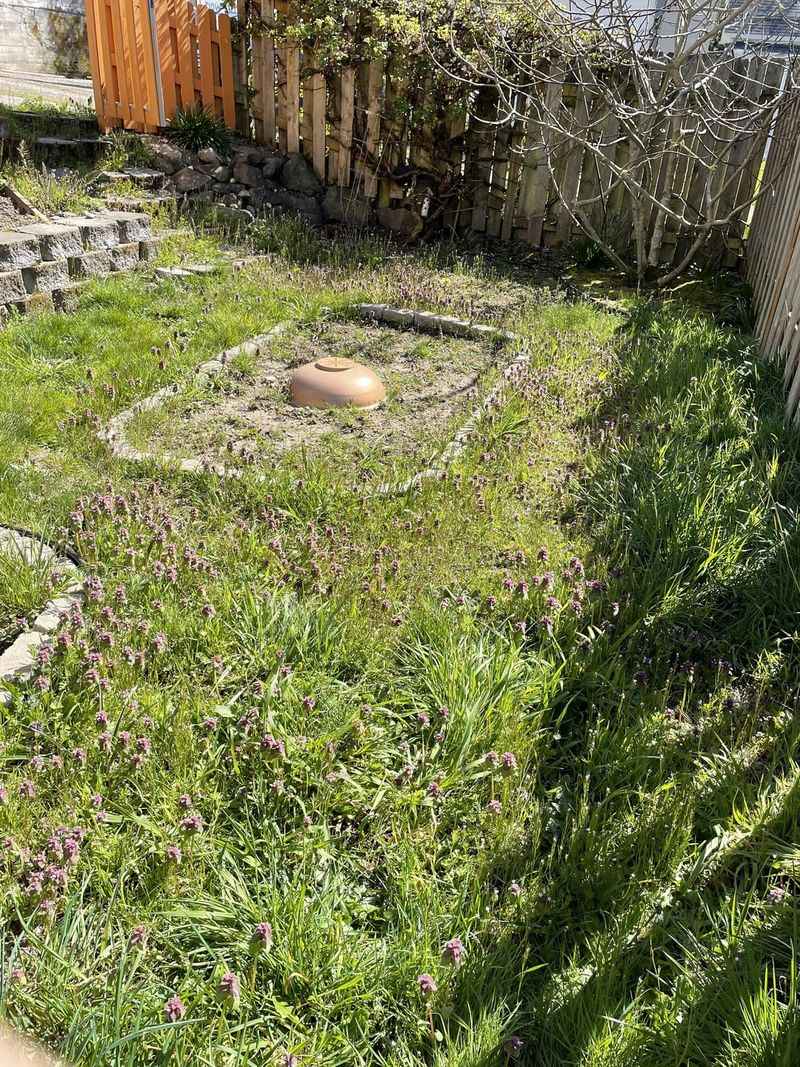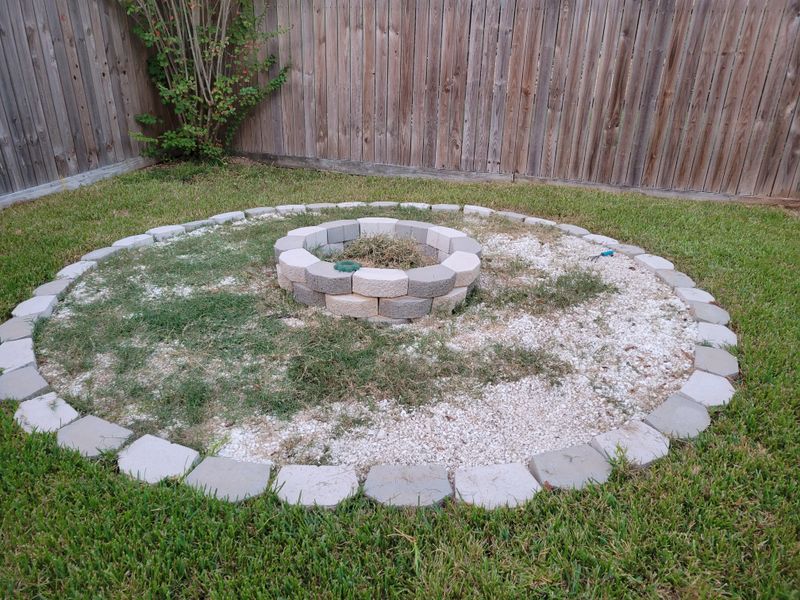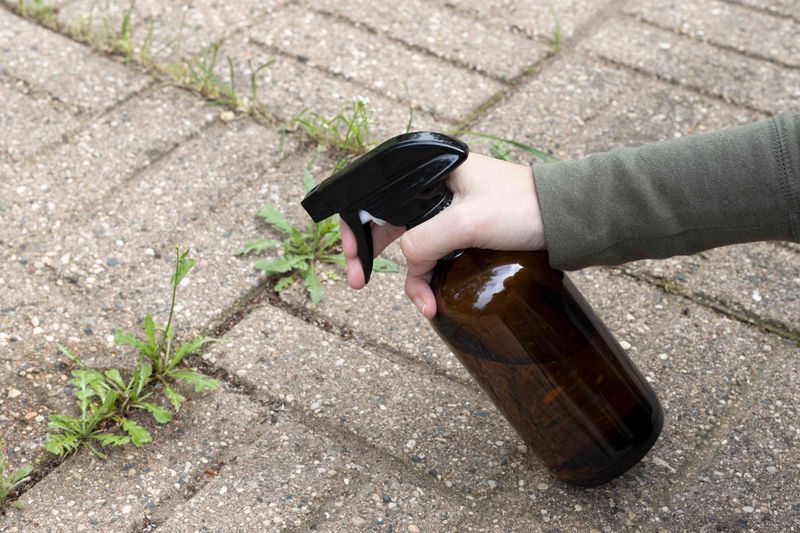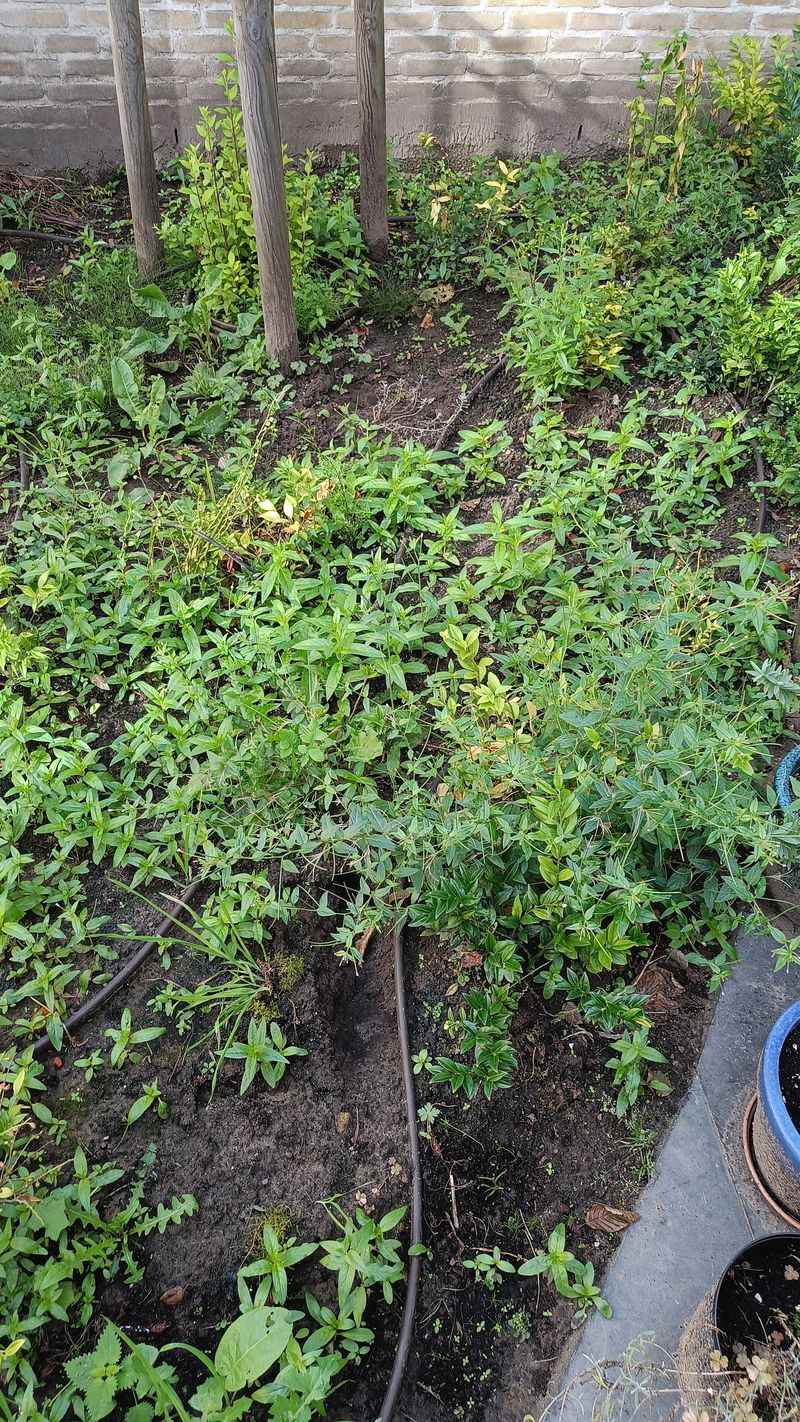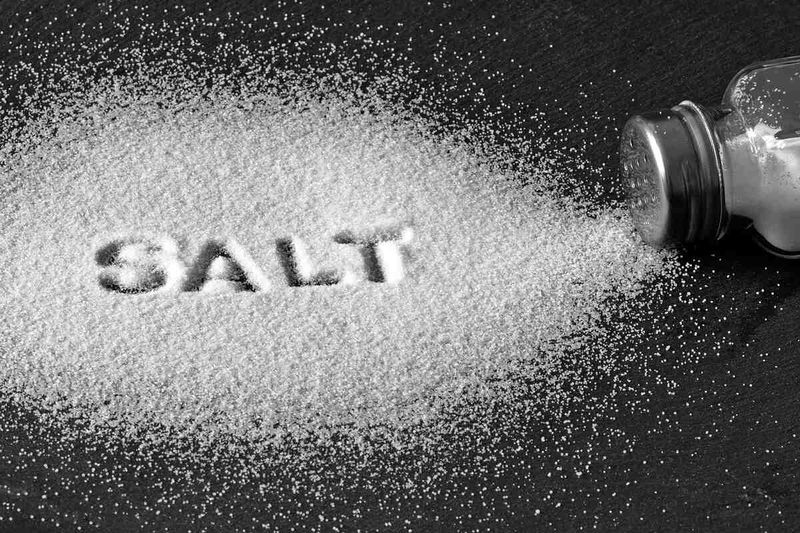Using salt to kill weeds is a go-to home remedy for many gardeners, but it’s important to use it the right way. I’ve gathered some tips to help you control those pesky weeds with salt, safely and effectively.
While it can work wonders, it’s all about knowing when and how to use it without harming your plants or soil. So, here are the simple yet essential tips to make sure you get the best results.
With a little care and the right approach, you can tackle weeds without the worry! Trust me, once you get the hang of it, you’ll be a pro.
1. Important Things To Know About Using Salt To Kill Weeds
Using salt to kill weeds seems simple, but there are vital things to know. Salt works by dehydrating plants, effectively stopping growth. It’s a straightforward method, but care is needed. Consider the surrounding plants; salt isn’t picky, and it will harm any plant it touches. Also, think about your soil.
Over time, salt can build up, making soil less friendly for future plantings. It’s crucial to use the right amount and apply it correctly. Control is key. Too much salt can lead to more harm than good, so measure carefully and apply thoughtfully.
2. How Salt Kills Weeds
When I first tried salt on weeds, I was amazed at how quickly it worked. The salt draws moisture from the plants, causing them to wilt and die. It’s almost like magic, but there’s a science to it. The salt disrupts the water balance in the plant cells, eventually leading to their demise.
Watching the process can be quite satisfying. The weeds wither away, leaving room for more desirable plants to thrive. However, it’s important to be mindful of where you apply it; salt doesn’t discriminate between weeds and other plants.
3. Best Types Of Salt To Use
Choosing the right salt is essential. While common table salt is often used, rock salt or Epsom salt can be just as effective. Each type has its own characteristics. Table salt is easy to find and cheap, but rock salt’s larger crystals work well in outdoor conditions.
Epsom salt contains magnesium, which can benefit soil in small doses. Consider what’s available and the specific needs of your garden when choosing. The best salt depends on your environment and the weeds you’re tackling.
4. Mixing The Right Salt Solution
Creating the right mix is crucial. A simple recipe: one part salt to two parts water works wonders. Stir until dissolved. If you’re feeling adventurous, add a splash of dish soap to help the solution stick to the weeds. Make sure the mixture is even for the best effect.
It’s all about balance. Too much salt can harm your soil, so precision is key. Experiment with different ratios to find what works best for your particular situation, and remember, less is sometimes more.
5. Applying Salt Safely
Do you know how to apply salt without damaging other plants? First, use it sparingly. Focus directly on the weed to minimize collateral damage. Avoid windy days; you don’t want salt scattering everywhere. Consider wearing gloves and protective gear to protect your skin.
Remember, salt doesn’t just disappear. Once applied, it lingers in the soil. Think about the long-term effects on your garden. Applying salt safely ensures that only the targeted weeds are affected, sparing your other plants.
6. How Long Salt Takes To Work
Patience, my friend. Salt doesn’t work overnight. Typically, you’ll see results in a few days to a week, depending on conditions. Sunlight and warmth can speed up the process, helping the salt to dehydrate the weeds faster.
You might notice the leaves turning brown and withering. It’s a gradual process but effective. Keep an eye on the progress, and don’t rush. Allow nature to take its course. If you’re eager, a second application might accelerate the process, but beware of overdoing it.
7. Avoiding Damage To Nearby Plants
I learned this the hard way: salt doesn’t just target weeds. One misstep, and your beloved flowers could be in danger. Use barriers or plastic sheets to shield other plants. Be mindful of rain, as it can spread salt to unintended areas. Precision is key. Directly apply salt to each weed.
It’s a balancing act, ensuring that only the weeds suffer. Remember, your goal is to eliminate the pesky invaders, not everything in sight. A careful approach can save you from a garden full of regrets.
8. Using Salt On Driveways And Paths
Ever noticed those pesky weeds growing between the cracks of your driveway? Salt is perfect here. Apply it directly into the cracks where weeds thrive. It’s an effective way to keep paths clear without harming nearby plants.
However, keep in mind that salt can erode some surfaces over time. Use with caution and monitor the area. It’s a great option for those hard-to-reach spots where weeds seem determined to flourish. Regular application can keep these areas weed-free, saving you time and effort.
9. Why Salt Stays In The Soil
Ever wondered why salt lingers? Once applied, salt can remain in the soil for a long time, affecting future growth. It’s not water-soluble in the same way other substances are, so it accumulates. This can lead to soil that’s less than ideal for plant growth.
Do you consider long-term effects when using such methods? Think about future plantings and soil health. It’s a balancing act. The persistence of salt is both its strength and its weakness, offering lasting weed control with the risk of lingering soil issues.
10. Diluting Salt For Less Harm
Less can be more. Diluting salt with water reduces harm to soil while still being effective against weeds. Try using a weaker solution for areas near valued plants. A diluted mix can limit salt buildup, preserving soil health. It’s about finding the right balance.
Do you experiment with different solutions? It’s a process of trial and error. A gentler approach can spare your garden from excessive salt damage and maintain a healthier ecosystem while still keeping weeds at bay.
11. Applying Salt Before Rainfall Risks
Timing is everything. Applying salt before rainfall is risky. Rain can wash salt into unintended areas, harming plants you wish to protect. Do you check the weather before gardening? Consider the forecast to avoid rain spreading salt beyond its target. It’s a simple step, but often overlooked.
By planning, you ensure that salt remains where it’s needed most. A little foresight goes a long way in garden maintenance, helping you avoid collateral damage to your precious plants.
12. How Often To Reapply Salt
Reapplying salt isn’t always necessary. I learned this after a few overzealous attempts. Overuse can damage soil and harm nearby plants. Observe how your weeds respond first. If they’re persistent, a second or third application might be needed.
But remember, moderation is key. Reapply only when necessary. Timing and observation are crucial. Each garden’s needs differ, so adapt your approach. Over-application can be more harmful than helpful. Let your garden guide you, and adjust as needed.
13. Using Salt With Vinegar For Extra Strength
Combining salt with vinegar creates a potent solution for stubborn weeds. This mixture increases effectiveness, but use it wisely. Vinegar’s acidity enhances salt’s ability to dehydrate weeds. However, exercise caution; this combination can be harsh on soil and other plants.
Have you tried this combo? When faced with tough weeds, it’s a powerful ally. Like any strong ally, it requires careful handling. Use in moderation and focus on targeted areas to prevent damage.
14. Why Salt Shouldn’t Be Used On Lawns
Ever thought of using salt on your lawn? Think twice. Salt can damage grass, leaving unsightly brown patches. How do you maintain a lush lawn? It’s best to explore other methods for lawn care. Salt is indiscriminate, affecting grass and weeds alike.
Your lawn deserves gentler treatment. Do you have plans for lawn improvement? Consider alternatives to salt, focusing on safe and effective weed control that preserves your grass’s health and appearance.
15. Preventing Salt Runoff Into Water Sources
Safeguarding water sources is crucial. Salt runoff can lead to contamination. What steps do you take to protect the environment? Consider the proximity of water sources before applying salt. Use barriers or other methods to contain runoff. Awareness and precaution can prevent ecological damage.
Protecting water sources ensures a healthy environment for all. Avoid using salt near vulnerable areas, and be mindful of how your actions affect the surroundings.
16. Salt’s Effect On Soil Health
Salt’s impact on soil is significant. It can alter pH levels, hinder plant growth, and reduce fertility. Have you considered soil testing? Understanding how salt affects soil helps in making informed decisions. It’s about balance. Using salt responsibly preserves soil health.
Watch for signs of soil degradation. Healthy soil is the foundation of a thriving garden. By monitoring and adjusting your methods, you can maintain a vibrant garden environment.
17. Reversing Soil Damage From Salt
After overusing salt, I discovered ways to heal my soil. Incorporate organic matter or gypsum to neutralize salt effects. Have you tried soil amendments? It’s a simple way to rejuvenate soil health. Regular monitoring and care can restore balance. It’s about learning from mistakes.
Even if salt has caused issues, recovery is possible. By investing time and effort, you can nurture your soil back to health, ensuring a thriving garden once again.
18. Best Time Of Year To Use Salt
Timing can influence salt’s effectiveness. Warmer months often yield better results, as heat enhances salt’s action. Have you noticed seasonal differences in weed growth? Consider the climate and weather patterns when planning.
Applying salt during the growing season maximizes its impact, ensuring weeds are targeted effectively. Each season offers unique challenges and opportunities. By aligning your efforts with the natural cycle, you can optimize your weed control strategy.
19. Using Salt On Stubborn Weeds
Stubborn weeds can test your patience. Salt offers a robust solution. Directly target difficult plants with concentrated salt for a powerful impact. Have you faced such challenges? Persistence is key. Monitor the effects and adjust as needed. Sometimes, stubborn weeds require repeated treatment.
It’s a battle of wills, and salt gives you the upper hand. By staying vigilant, you can keep these persistent invaders at bay, maintaining control over your garden.
20. How Much Salt Is Too Much?
Finding the right amount is a common challenge. Too much salt can harm the soil and other plants. Do you measure carefully? A little goes a long way. It’s about precision and caution. Consider the specific needs of your garden.
Excessive salt application leads to more problems than solutions. By carefully controlling the amount you use, you protect your garden’s health and maintain its beauty. Avoid overloading the soil, and keep your garden thriving.
21. Alternatives To Salt For Weed Control
Exploring alternatives can broaden your weed control toolkit. Have you tried mulch or boiling water? They offer effective solutions without the risks of salt. Mulch smothers weeds, while boiling water cooks them on the spot. By diversifying methods, you reduce reliance on any one approach.
It’s about finding what works best for your garden. Embrace variety and experiment with different strategies to achieve the best results. Your garden will thank you for it.
22. How To Neutralize Salt In The Soil
Neutralizing salt in soil requires care. Flushing with water helps, but it’s not always enough. Consider adding organic matter to absorb excess salt. Have you faced salt buildup? Addressing the issue early prevents long-term damage. Regular maintenance and monitoring are crucial.
By taking proactive steps, you ensure that salt doesn’t hinder your garden’s potential. A responsive approach preserves soil health and plant vitality.
23. When To Avoid Using Salt
Salt isn’t always the answer. I learned to avoid it in sensitive areas like flower beds. Have you considered other options? Sometimes, the risks outweigh the benefits. Use salt judiciously, focusing on less vulnerable areas. Consider the needs of your plants and the potential impact.
Your garden’s unique landscape should guide your choices. By being selective, you protect what matters most, ensuring a harmonious and thriving environment.

